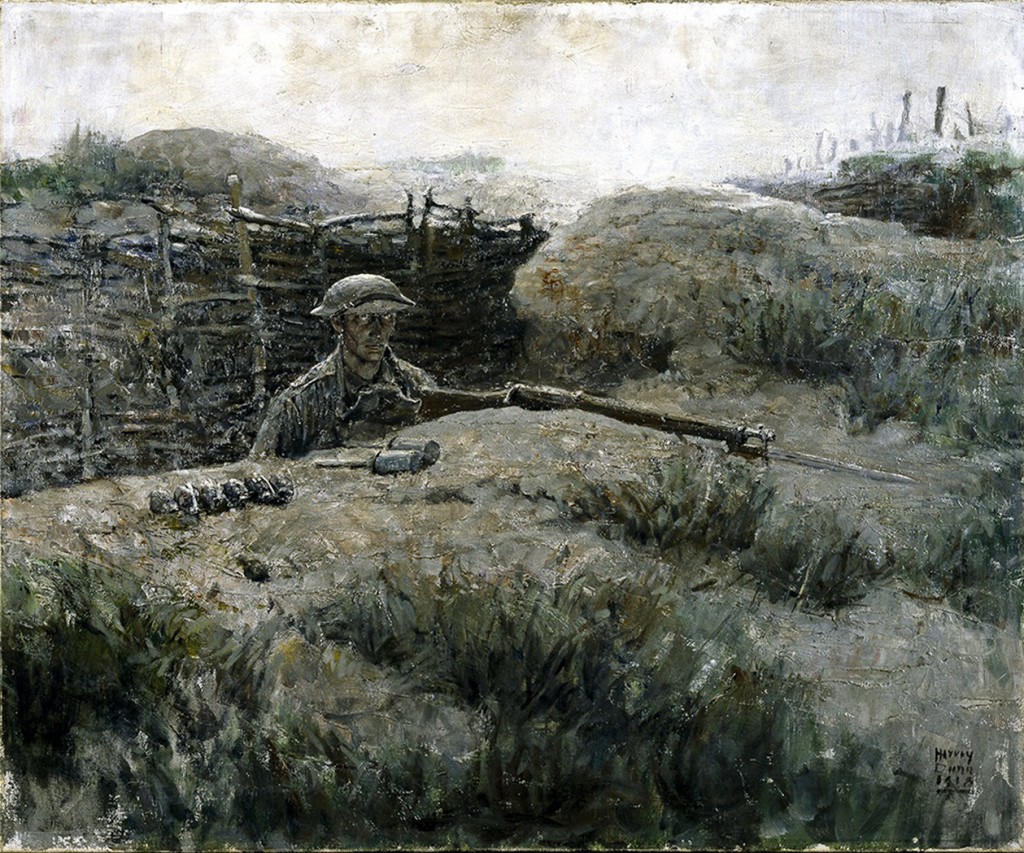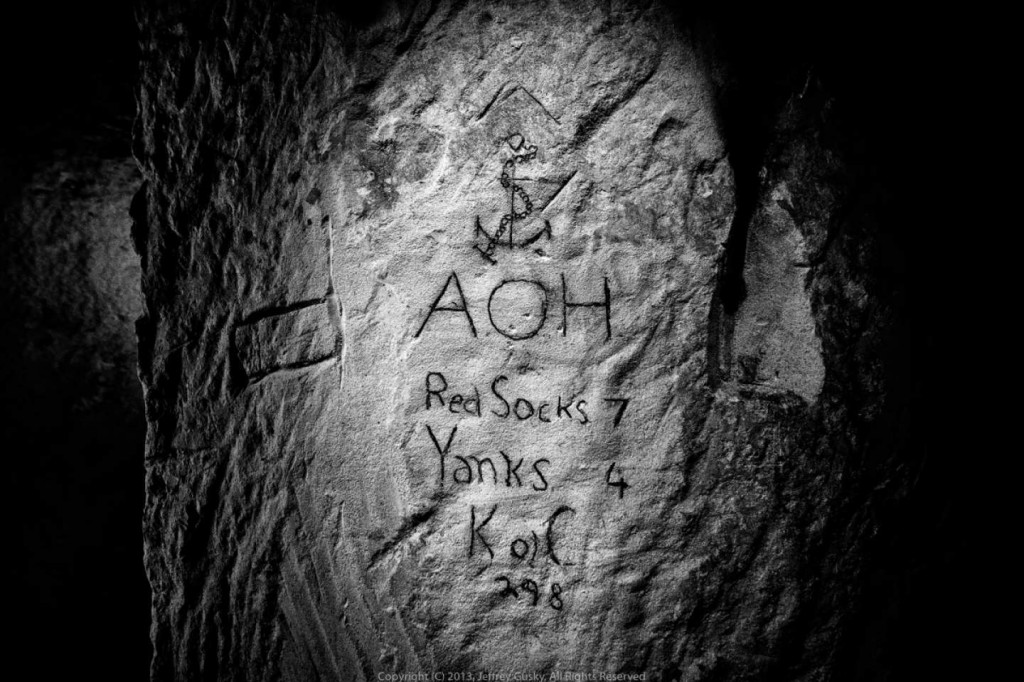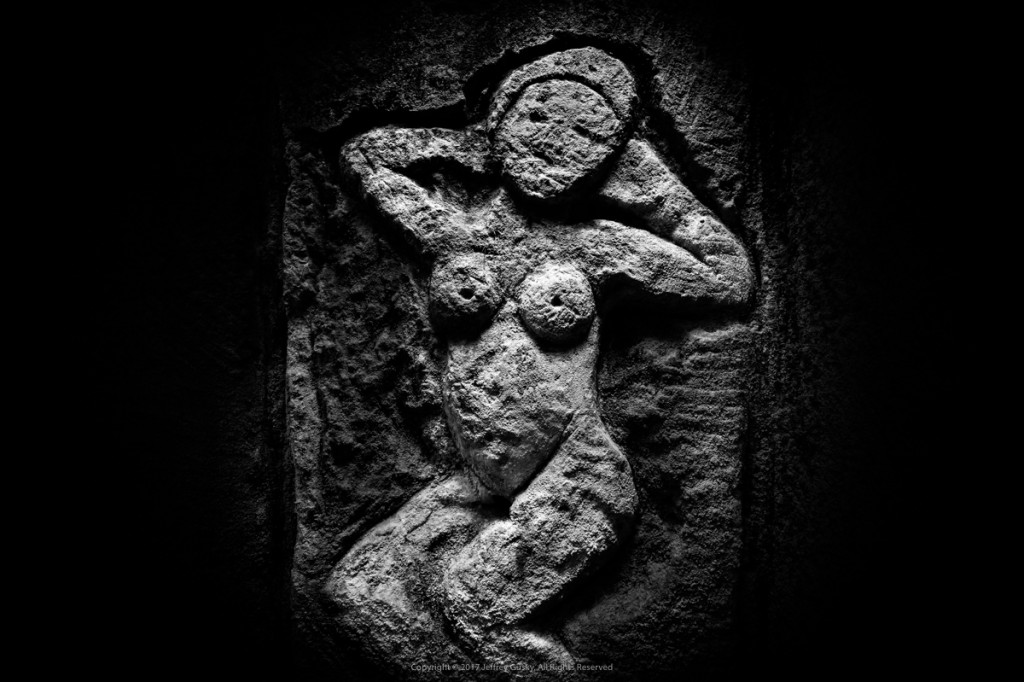Even In ‘The War To End All Wars,’ There Was Art Coming From The Trenches
ArtandSeek.net August 1, 2017 17One hundred years ago, the U.S. entered the first global war — an ugly, dirty, agonizing conflict that cost millions of lives and changed the world. Now, the National Air and Space Museum in Washington, D.C., is observing the centennial with art and artifacts in an exhibition called Artist Soldiers.

Harvey Dunn’s 1918 oil painting The Sentry shows a soldier coming up from the trenches. “You see in his eyes what would later become known as the thousand-yard stare,” says exhibit curator Peter Jakab.
Hugh Talman/National Museum of American History, Smithsonian Institution
The Americans didn’t arrive until three years into the war and fought for less than a year. They joined French, Russian, British and other troops fighting Germany, Austria-Hungary and the Ottoman Empire. World War I was the first “modern” industrial war with large numbers of tanks, heavy artillery and planes. Tragically, it was also a war of trenches.
“Hundreds of thousands of people died just to advance a few yards,” explains Peter Jakab, chief curator at the Air and Space museum.
Troops dug trenches along the Western Front from Belgium through France to Switzerland to dodge the constant shelling and machine gun fire, Jakab says. Then, they waited in those trenches, until orders came to move. With the troops were professional artists, sent to war by the U.S. government.
“These eight illustrators were the first true combat artists who were really capturing war in the moment, with a firsthand experience,” Jakab says.
With pens, pencils, charcoal, watercolors, even oil paints, men known for their magazine illustrations showed Yanks in the field, huddling against gunfire, entering enemy-held villages, standing guard. In Harvey Dunn’s 1918 oil The Sentry, a young soldier pops up from the trench — exhaustion muddies his face, his eyes almost blank.
“You see in his eyes what would later become known as the thousand-yard stare,” Jakab says.
He’s alone, with his rifle, some grenades and his thoughts. Before World War I, war art was created long after the conflict itself, and focused on generals or nobles. Here, you see the grunts, the injured, the mud.

Soldiers made this miniature table, set for guests, out of casings and bullets.
Mark Avino/National Air and Space Museum
The Air and Space exhibit also has objects from the war — there’s a kitchen chair outfitted with bicycle wheels to make a primitive French wheelchair. There’s barbed wire, a shovel and a periscope — after all, it was extremely dangerous to pop your head up above the trenches.
Artist Soldiers is also about art made by soldiers themselves in the trenches — a miniature table, set for guests, was fashioned from spent casings and bullets.
Perhaps the most dramatic part of the exhibit are black and white photos by National Geographic photographer Jeff Gusky. Taken in near darkness, the images show a vast network of underground cities. They were carved by World War I troops inside ancient stone quarries that run deep within the French countryside. Gusky says the spaces go back centuries before the war.
“They were created by quarrymen getting stones for castles, cathedrals and fortresses,” Gusky explains.
The war trenches were dug near the quarries, and armies on both sides turned the quarries into shelters.
“They brought modern technology underground and created cities: rail, telecommunications, electricity, hospitals, food systems, theaters and amazing artwork,” Gusky says. “They’re so big that you even see street signs.”

One soldier etched a baseball score into the quarry wall.
Jeff Gusky/Courtesy of National Air And Space Museum
One of the spaces Gusky where photographed is over 25 miles long. In addition to providing logistical support underground, soldiers made places for worship — they could pray in an underground chapel and then go upstairs to fight.
And troops left their marks inside the quarry walls. Soldiers from New England carved notes to their loved ones and the scores of a Red Sox victory. French soldiers chiseled images of their prime minister, Georges Clemenceau. Germans honored their military chief of staff, Paul von Hindenburg. Fighting men also carved their dreams and desires.
“You see the soldiers’ inner lives, the things they value,” Gusky says, pointing out one carved nude in the quarry wall. “This is a beautiful abstract nude that could be in an art museum. … He’s thinking of beauty in a time of mass destruction.”

“This is a beautiful abstract nude that could be in an art museum,” photographer Jeff Gusky says of this figure, carved into the quarry wall by a World War I soldier.
Jeffrey Gusky/Courtesy of the National Air and Space Museum
Whether saluting their leaders or tapping their fantasies, on these ancient quarry walls, burrowed beneath the French fields, the troops of World War I left messages for the future, a century ago.
“They expressed their inner lives on the walls of these spaces, when the world, on the surface, was turning to hell,” Gusky says.
Art and artifacts from what was then known as “The war to end all wars” are on display at the Smithsonian Air and Space Museum until November 2018.
You can see more images from the exhibition here, and explore inside the underground quarries here.











